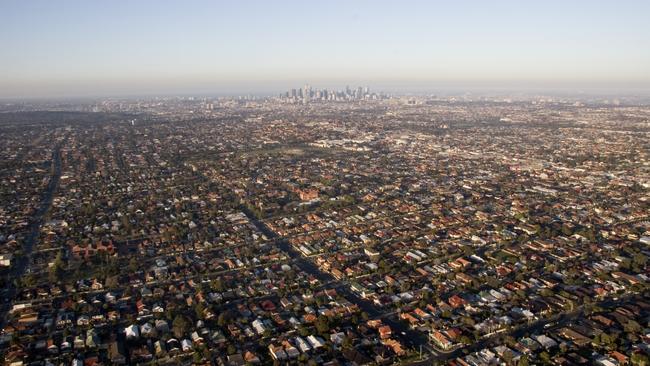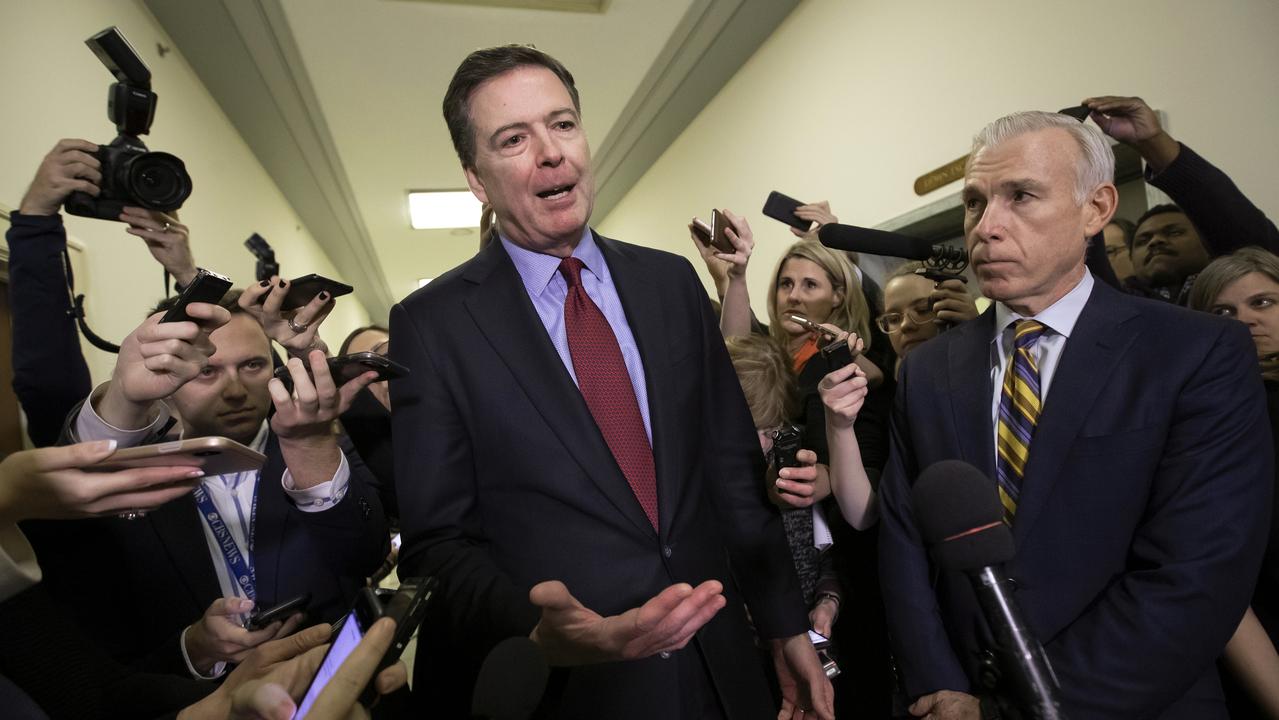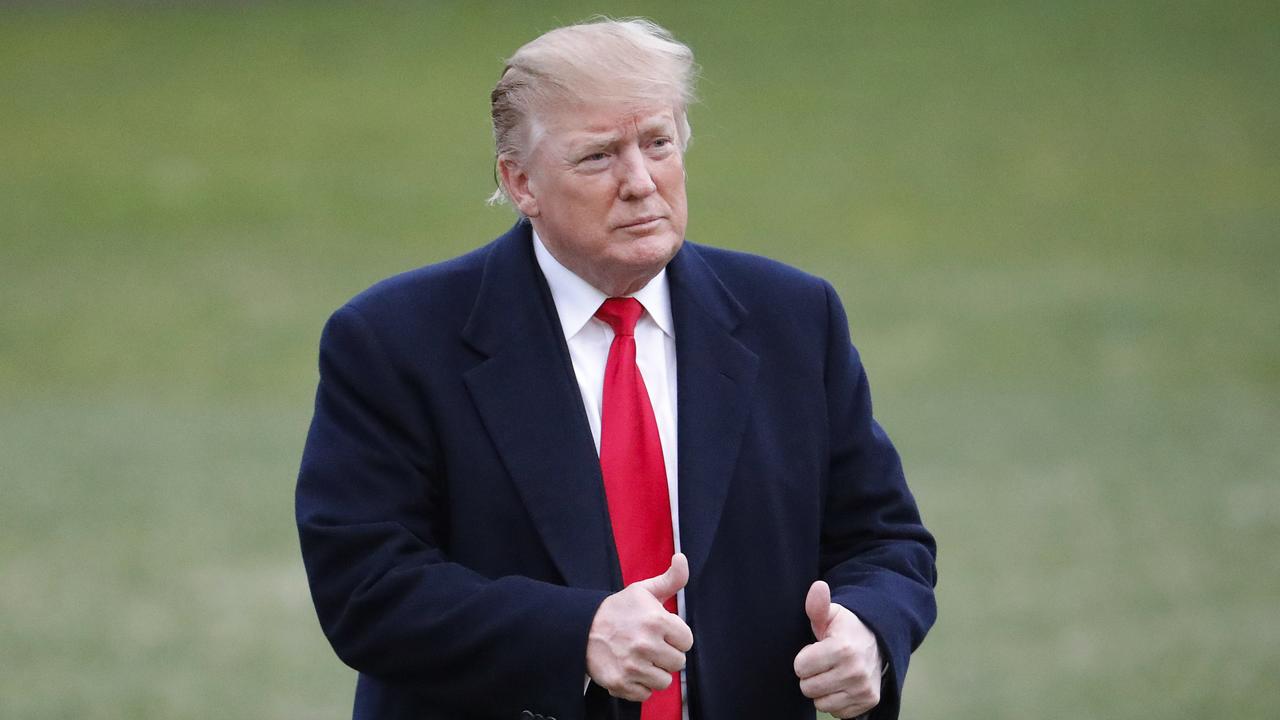Student numbers testify to immigration incoherence
Border security is the Coalition’s strength, but when it comes to international student arrivals, the numbers are out of control.

When it comes to border control, there is little doubt that the Coalition is seen as the better manager relative to Labor. After the passing of the medical evacuation bill this week in the face of the government’s opposition, there is no doubt Scott Morrison will seek to ram home this advantage in the upcoming election campaign.
The trouble for the Coalition, however, is that it lacks a coherent policy when it comes to immigration more generally.
Repeated surveys show voters regard the current intake of immigrants as too high and want to see it reduced. In a speech late last year, the Prime Minister seemed to be getting the message.
“The roads are clogged, the buses and trains are full, the schools are taking no more enrolments. I hear what you are saying, I hear you loud and clear. That’s why we need to improve how we manage population growth in this country.”
But apart from giving some weak commitment to possibly reducing the annual cap of permanent migrants to 160,000, down from the current unmet cap of 190,000, he has since failed to set out any strategic thinking on immigration policy.
To be sure, there have been a few half-baked measures floated, such as forcing new immigrants to locate in regional areas and telling the states to get their infrastructure planning up to scratch. But the only conclusion to draw is that the Morrison government has no real intention of restricting immigration or dealing with the problematic elements of the program.
At heart, Morrison is a big-Australia man, beholden to the economic myths peddled by Treasury, big business and the education sector. Labor’s instincts are similar, but a Labor government might actually deal with some of the problems related to temporary migrant workers, in particular.
Let me use the example of international students as a case study of an immigration program that is, in many ways, out of control. Driven by the interests of education providers who can charge excessive fees for the courses they offer, there is no requirement for the interests of local students and residents more generally to be taken into account.
Let’s take a look at the numbers. In November last year, there were nearly 700,000 international students in the country. This was an increase of 11 per cent from the previous year, or some 76,000 extra students living in Australia.
The number of international students has been rising strongly for some time. Over the five years ending in 2018, enrolments rose more than 77 per cent. As an uncapped program, with the granting of visas becoming easier over time, such growth surely deserves the “out of control” label.
We only have to take a look at the percentage of international student enrolments to total enrolments at certain universities to reinforce the point that the permitted pace of entry of international students is difficult to justify.
At the University of South Australia, international students make up about 44 per cent of all enrolments. At the University of Melbourne, the figure is 42 per cent; ANU, 39 per cent; University of NSW and UTS, 36 per cent each; and Sydney and Monash universities, 35 per cent each. These are extraordinarily high proportions.
If we look at where the international students come from, we observe that the largest bloc is from China, making up about 30 per cent of all international students. The second-largest group is from India, at about 13 per cent. Students from Nepal account for 6 per cent and those from Brazil and Malaysia 4 per cent each.
It is too early to know precisely how international student enrolments are tracking this year, although all the indications point to ongoing growth. Adelaide University, for example, has a plan to increase its international students to more than 10,000 in 2019.
According to that university’s vice-chancellor, the additional international student fee revenue is essential “to help cover for Australia’s uniquely bad research funding system”.
Adding to this justification is the self-serving assertion from the deputy vice-chancellor of that university that increasing the number of international students would develop “intercultural competence” (meaning unclear) in all students. “It is what our domestic students need us to do — connect them with people from elsewhere,” he says.
An important paper was released last year by the Australian Population Research Institute authored by Bob Birrell and Katharine Betts, titled Australia’s Higher Education Overseas Student Industry: In a Precarious State. They make the significant point that the international student body is quite distinct between the Group of Eight universities and the rest. They note the Go8 institutions are able to charge annual fees of at least $40,000, and coursework masters degrees are common. It is not unusual for 80 per cent or so of the enrolment in these degrees to be international students, with Chinese students disproportionately represented.
The other universities, by contrast, are able to charge lower fees — about $25,000 a year — and the composition of their international students is much more diverse, with proportionately fewer students from China. Whereas many international students enrolled in Go8 universities intend to return to their home countries — many will still stay for several years after they have graduated — this is not as common among the other group of international students. They are motivated by the scope to work while they are studying, as well as the high probability of obtaining permanent residence after graduation.
Birrell and Betts draw attention to the scope for international graduates to stay as a right for a period of time in Australia, a right not available to international students in the US and Britain, as important in driving a fair proportion of international student enrolments. Their conclusion is that “the overseas student industry has been put on a pedestal and its continued growth given high government priority … This stance is not justified. There are too many downsides, including the major contribution overseas students are making to Sydney and Melbourne’s growing pains.”
The bottom line is that the government has failed to map out a sensible immigration or population policy. It has given in to the higher education sector by providing accommodating visa arrangements for international students, including the right to remain after graduation.
It has fallen for the line that more international students are an unalloyed good — the figure of $30 billion in export income is often trotted out — without recognising there are also costs associated with the uncontrolled flow of international students
The reality is that it has been international students more than any other group that has kept the net overseas migration numbers at unacceptable high levels — well over 200,000 a year. There is also a failure to accept that local students may be disadvantaged by having such a high proportion of international students, many of whom have poor English language skills.
If the government wants to improve its electoral chances, it would be wise to announce a significant reduction in the annual number of permanent immigrants (below the faux annual number of 160,000) and to tighten the visa arrangements that apply to international students to restrict their number.
I won’t be holding my breath.




To join the conversation, please log in. Don't have an account? Register
Join the conversation, you are commenting as Logout